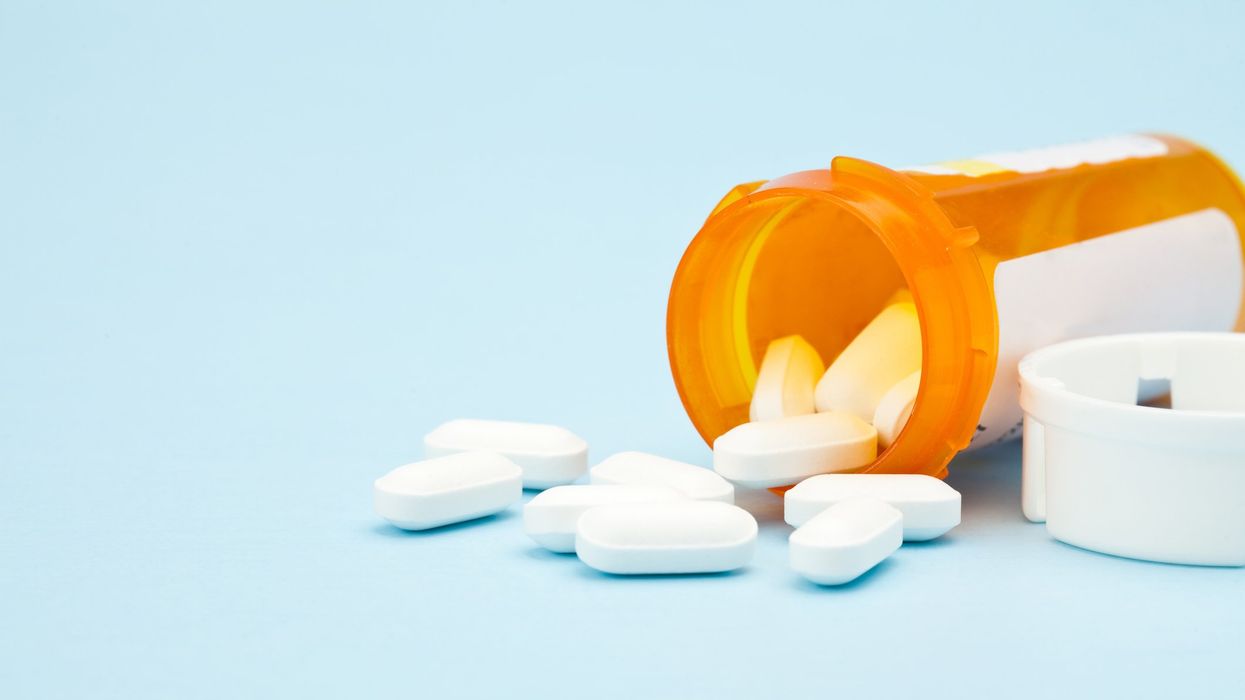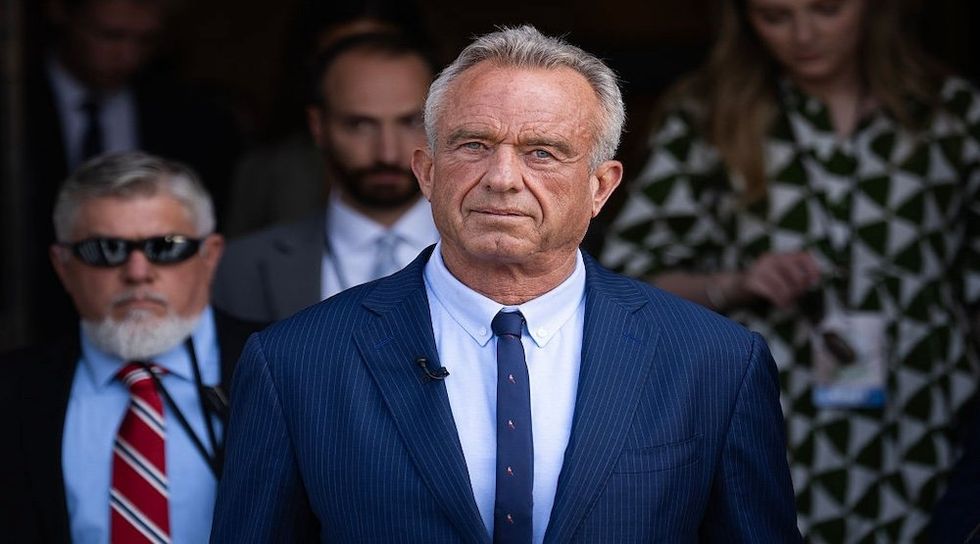
Photo by Nic_Taylor via Getty Images

Every rebate, every discount, and every dollar saved means less profit for drugmakers. That’s the whole fight.
Last week, a bipartisan group of senators introduced legislation on drug prices that specifically targets pharmacy benefit managers, exactly as Big Pharma prefers. Pharmaceutical companies have spent years trying to convince the public and policymakers that PBMs are the bad guys in the prescription supply chain, shadowy middlemen inflating prices and hurting innovation. That narrative is convenient, but it is also wrong. PBMs are introducing competition, eliminating waste, and driving down prices.
Which is precisely why Big Pharma wants them out of the way.
The truth is that pharmacy benefit managers are effective. And that is exactly why drugmakers are going after them.
The pharmaceutical industry spends more money than any other sector to sway government policy. In 2024, it poured $90 million into campaign contributions and nearly $400 million into lobbying — much of it through former government officials now on the payroll. Drugmakers also shelled out a whopping $11 billion on advertising, a sum that conveniently buys more than consumer attention. It pressures media outlets to look the other way, a racket the Trump administration is finally moving to rein in.
After the black eye of the opioid crisis and the COVID-19 debacle, Big Pharma needs a scapegoat for high drug prices. It found one in a quiet, little-known player most Americans have never heard of, much less understood.
But the numbers are clear. A recent study shows pharmacy benefit managers deliver at least $145 billion in net value every year, even after costs. Compared with a system where manufacturers dictate prices, PBMs create an additional $192 billion in value across the economy. That money doesn’t vanish into corporate coffers. It flows back into businesses, households, and the wallets of working Americans.
PBMs accomplish this by negotiating directly with manufacturers and pharmacies. They aggregate buying power for millions of people. They secure rebates and discounts that most individual plans could never get on their own. In 2020, PBM-managed rebate structures created $51 billion in value for patients and plan sponsors. That is a competitive market in action.
PBMs are expected to save health plans and consumers about $1.2 trillion over the next 10 years, averaging $1,154 per person per year. And for every dollar spent on PBM services, the system saves $10 in return. By steering patients toward generics and bio-similars, PBMs helped the health system save $445 billion in 2023 alone. That is what efficiency looks like.
Perhaps more importantly, they improve health outcomes. When patients can afford their prescriptions, they are more likely to take them. That means fewer hospitalizations and fewer emergency room visits. PBM-driven programs have led to as much as a 16% increase in medication adherence and a 10% drop in inpatient admissions.
RELATED: How MAHA can really save American lives

It’s an obvious good to have healthier Americans. But it’s also good for a productive economy.
By lowering premiums and drug costs in public programs, PBMs save taxpayers money as well. This alone accounts for $47 billion in annual savings. And by accelerating patient access to new therapies early in the patent cycle, PBMs support pharmaceutical innovation instead of stifling it.
PBMs currently manage 95% of retail prescriptions and serve 91% of plan participants. That’s because they work. Businesses in the free market use services they value. And they value PBMs because they allow employers to offer more affordable coverage without sacrificing quality.
The truth is that PBMs are effective. And that is exactly why drugmakers are going after them. PBMs bring down net prices and demand accountability. That cuts into Big Pharma’s profit margins. So the industry has launched a campaign to reframe PBMs as a problem rather than a solution.
For example, a Biden-era Federal Trade Commission report that painted PBMs in a negative light should be viewed with skepticism. Even FTC Commissioner Melissa Holyoak emphasized that the report ignores the hard evidence of PBM-driven savings and warned that it was “a premature and deficient report,” adding, “Our job is not to score cheap points for transient political favor.”
“Though facile arguments that rely on ideologically loaded buzzwords such as ‘control’ or ‘power’ may stir emotions and make for entertaining social media posts and television interviews, ideological buzzwords are no substitute for rational, evidence-based research,” Holyoak said.
Sadly, some lawmakers are swallowing Big Pharma’s spin. Bills moving at both the federal and state level would gut PBMs — and hand drugmakers exactly what they want. Even a Brookings Institution analysis found that targeting PBMs won’t lower costs and would only weaken bargaining power against manufacturers.
That isn’t reform. It’s malpractice. Weakening the only players who force price discipline amounts to doing Big Pharma’s bidding at the expense of patients.
This fight isn’t about patients versus middlemen. It’s about competition versus monopoly. It’s about market discipline versus unchecked corporate power.
PBMs work because they negotiate, they drive better drug choices, and they deliver real value. When the most powerful industry in America is desperate to kill them off, you don’t need a think tank study to see what’s at stake. That fact alone tells you everything you need to know.
Ann Marie Buerkle